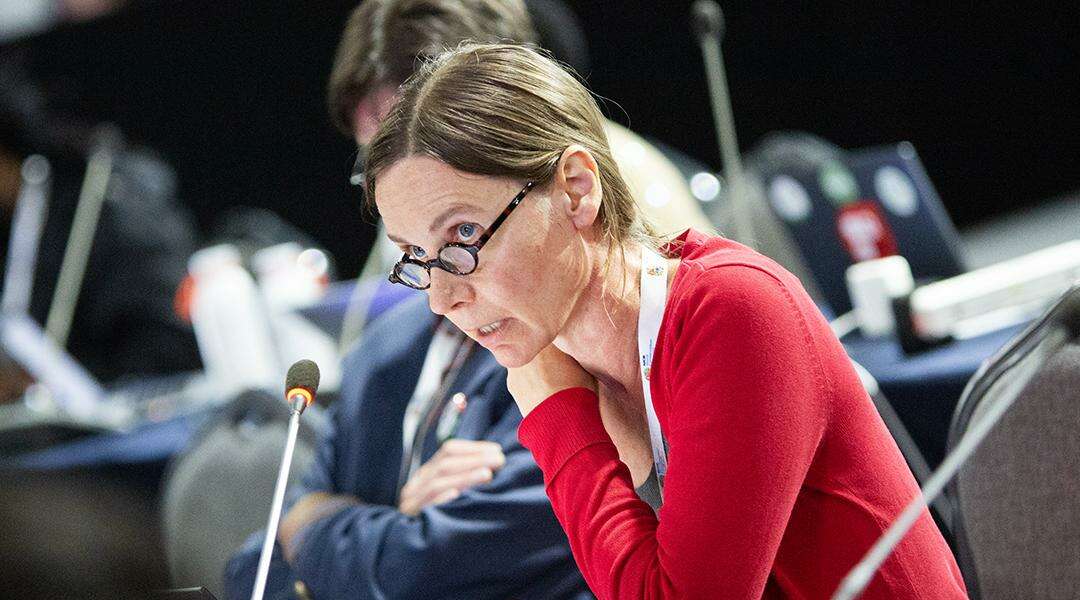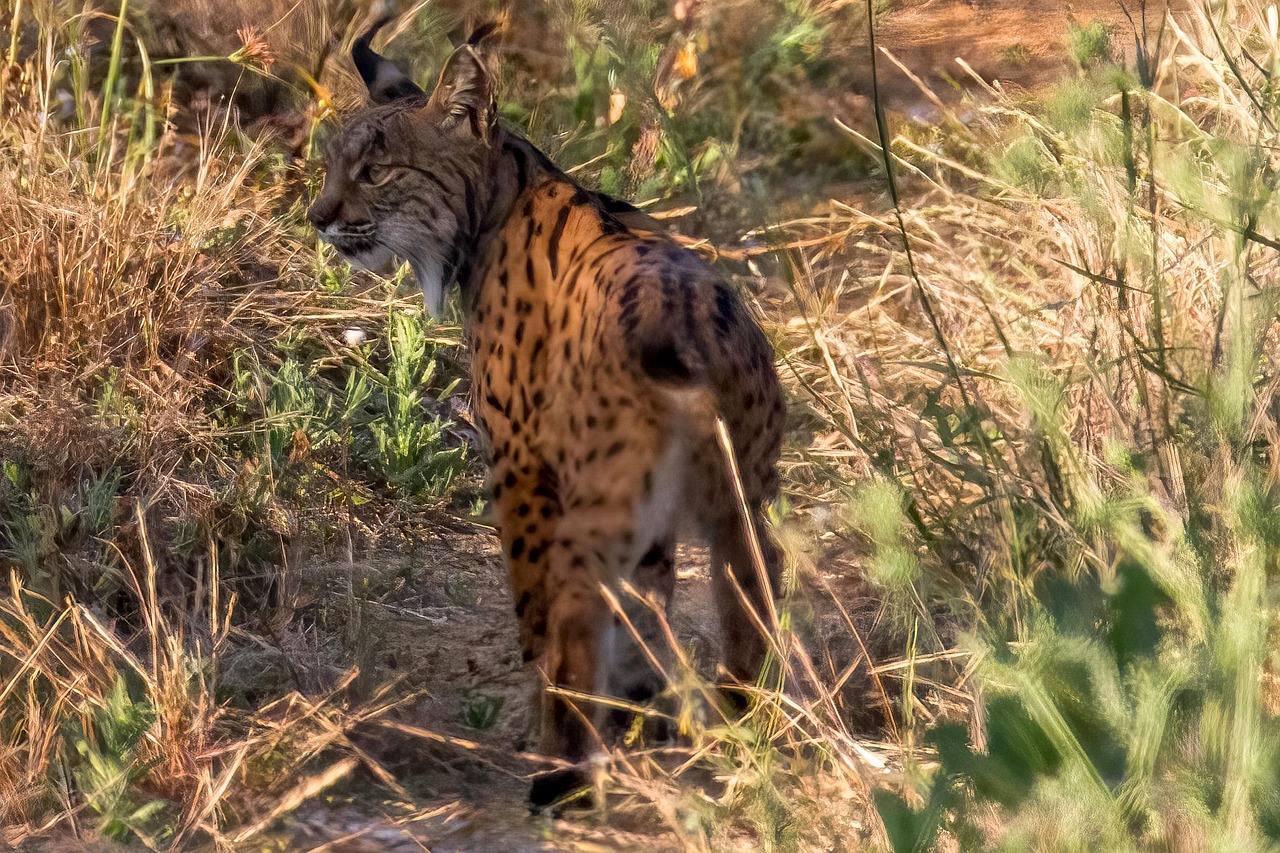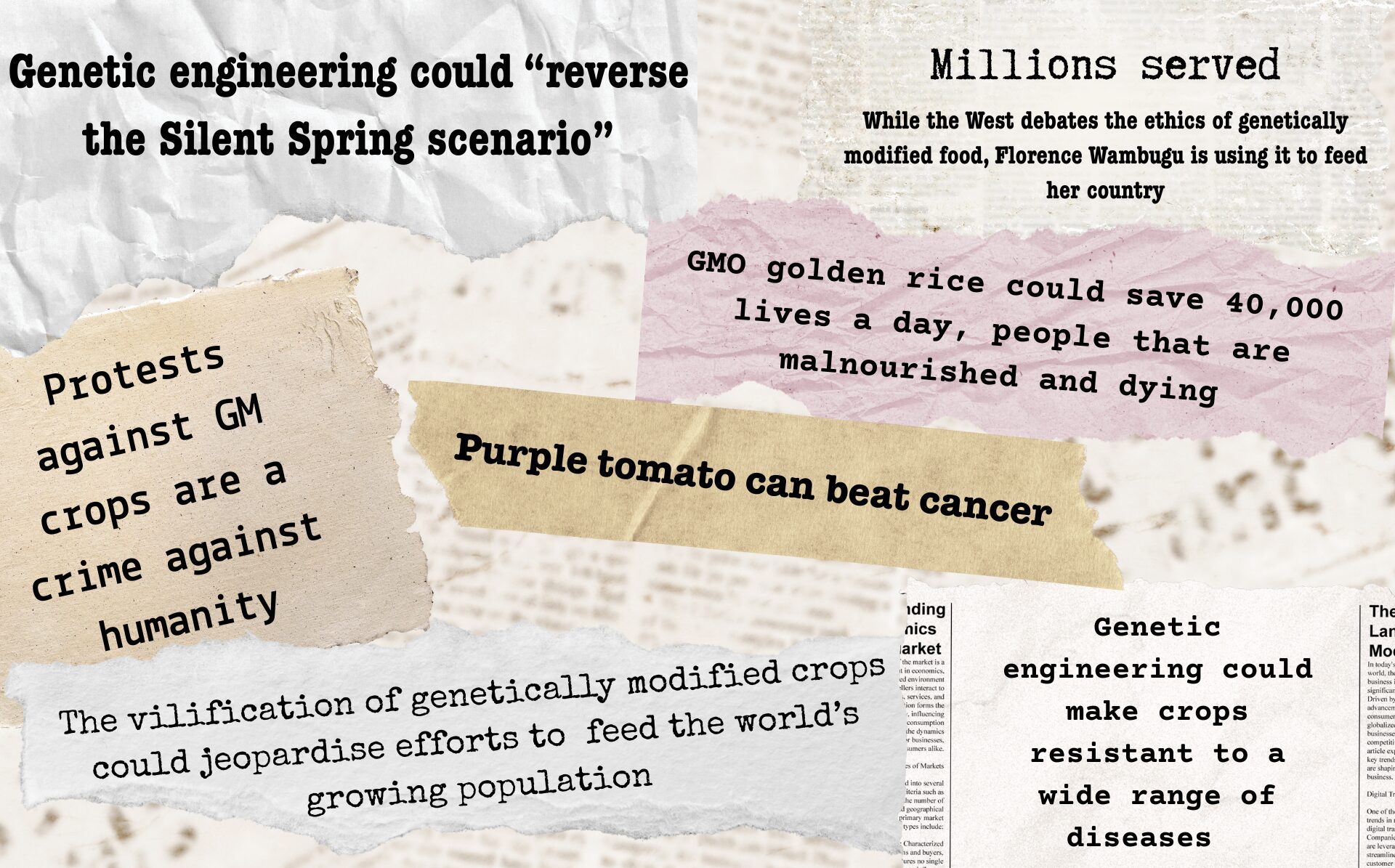At the World Conservation Congress in Abu Dhabi, the International Union for Conservation of Nature (IUCN) narrowly voted against a “precautionary deferment” of the release of genetically engineered wild species into natural ecosystems. However, a slim majority of IUCN members supported a call for “additional precautionary safeguards” on such releases. The Congress exposed deep divisions within the conservation community over whether genetically engineered wild organisms should be released into nature.
New IUCN policy on ‘synthetic biology’
On 14 October, the IUCN membership voted in favour of a policy on so-called synthetic biology – a term referring to genetic engineering techniques used to create or modify genetic material, living organisms, and biological systems, both in containment and in open environments.
The policy suggests that genetic engineering can contribute to conservation but should not “be seen to replace” traditional efforts. While sidestepping the fundamental question of whether the genetic engineering of wild species in natural ecosystems should have any place in conservation, it sets out a case-by-case approach for approving – or rejecting – individual proposals.
Biotechnology advocates celebrated the decision. For the US NGO Revive & Restore, whose mission is to “promot[e] the incorporation of biotechnologies into standard conservation practice,” the “vote demonstrates a decision to expand … our options”. According to the NGO, the question is no longer “whether we should use these tools” but “whether specific biotechnologies” can help achieve conservation goals.
The San Diego Zoo Wildlife Alliance, also based in the US, believes technology developers now have “IUCN’s backing” to move ahead with “new genetic technologies to support conservation efforts.”
Meanwhile, developers of controversial gene drive technologies – also called “extinction on demand” — are already one step ahead, hoping the IUCN Council will “strengthen capacity-building efforts in the synthetic biology field” and coordinate with the UN Convention on Biological Diversity to secure similar support.
Need for “additional precautionary safeguards”
While technology developers cheer the IUCN’s endorsement of genetic engineering, the Congress decision also includes an important additional clause.
In a last-minute amendment to Motion 087 on an IUCN policy on synthetic biology, the Congress voted to call “on the IUCN Director General and Commissions to promote taking additional precautionary safeguards (…) on the release into natural ecosystems of genetically modified wild organisms, to modify microbial communities, or that would create novel genetic elements in natural ecosystems.”
At the IUCN, a motion passes if it receives a simple majority in two categories: governments (Category A) and NGOs and Indigenous Peoples’ Organisations (Categories B and C). Governments have three votes, international NGOs have two, and national NGOs and Indigenous Peoples’ Organisations each have one.
The call for “additional precautionary safeguards” was supported by 54 percent of both government and NGO votes.

Voting results for the amendment to Motion 087 calling for “additional safeguards”
Call to hold off on engineering nature narrowly defeated
A motion presented by eight NGOs, calling for a “precautionary deferment of the release of genetically engineered wild organisms into natural ecosystems,” was narrowly defeated. Although a majority of NGO members supported it, the motion fell short of securing enough government votes.

Results for Motion 133 calling for a “precautionary deferment of the release of genetically engineered wild organisms into natural ecosystems”
Save Our Seeds, along with nearly 100 other groups, had supported the motion. At the IUCN Congress, we represented our umbrella organisation Deutscher Naturschutzring (DNR).
Ahead of the vote, more than 120 scientists had urged IUCN members to “support a moratorium on the release of organisms, products and agents obtained through genetic engineering and synthetic biology.” They cautioned that releasing products of genetic biotechnologies such as gene drive organisms or gene-silencing molecules into open ecosystems “could cause irreversible ecological disruptions, with potentially disastrous consequences for biodiversity.”
Guy Reeves, Scientific Advisor at Save Our Seeds, commented: “In one of the most divided votes in its 77-year history, the IUCN chose to be seen as endorsing the use of highly invasive genetic technologies in wild populations. Sadly, the organisation has now tied its reputation to experimental techniques over which it has no influence and cannot provide genuine leadership.”
Bumpy road to the moratorium vote
The IUCN typically follows a well-established process designed to build consensus, so motions are usually passed with broad support. The moratorium motion, however, took a very different path.
During two commenting periods, opponents proposed no changes to the text but simply argued that the motion conflicted with the proposed policy on synthetic biology. As a result, actual text work only began at Congress, once moratorium opponents realised the motion could be formally tabled for a vote.
In so-called contact groups, these groups pushed to amend the preambular paragraphs to reflect their views. On the thorny question of whether genetically engineering nature belongs in conservation, they proposed language “acknowledging disagreement about whether genetic engineering of wild species in natural ecosystems … is compatible with the practices, values and principles of nature conservation and the mission and objectives established in the IUCN Statutes.”
As time ran out, contested text—indicated by brackets—remained until the day of the vote, and members were asked to vote on multiple amendments. When the amended motion was finally presented, Australian NGO Minderoo still attempted to block it, citing potential conflicts with the Convention on Biological Diversity’s Decision 14/19 on gene drives. It took several interventions—from NGO members including DNR, Benin Ecotourism Concern, ProNatura, Nature Canada, Pollinis, and the Centre for Environmental Law, as well as from state member France—to finally get the amended motion to the vote.
Naomi Kosmehl, Campaign Coordinator at Save Our Seeds, commented: “It’s been disappointing to see how opponents, having run out of arguments against the moratorium, resorted to procedural tactics to stop this motion. This almost prevented the motion from being tabled for a democratic vote.”
Influence of technology developers
Support for the policy, and opposition to the moratorium, was largely driven by biotechnology developers such as Target Malaria, a consortium seeking to release gene drives to eliminate malaria-carrying mosquitoes in their native habitats, potentially disrupting ecosystems. Target Malaria had a strong presence at the Congress, alongside other biotechnology advocates such as US NGO Revive & Restore, for whom the rejection of Motion 133 was “mission critical”.
Malick Shahbaz Ahmed, Executive Director of the Sungi Development Foundation and co-sponsor of the moratorium motion, said: “It is alarming to see how a few well-resourced technology developers have shaped the IUCN’s agenda. Most members are unlikely to embrace genetic engineering in nature conservation, yet the organisation has failed to distance itself from high-risk technologies driven by commercial interests. Decisions on new technologies that could endanger nature must be guided by precaution, integrity, and the voices of the most vulnerable.”
A divided Union – and a debate that continues
The debate over genetically engineering nature has deeply divided the IUCN membership.
Presented with a broad array of emerging technologies, IUCN members endorsed a case-by-case approach to assessing individual proposals — ranging from genetically modified bacteria that produce valuable compounds in contained facilities, to the environmental release of GM organisms designed to spread their altered genes rapidly through wild populations.
When asked whether it is right to delay the release of genetically engineered wild organisms into already fragile ecosystems, about half of the membership — governments and NGOs alike — supported that position. A narrow majority backed a call for “additional precautionary safeguards … on the release into natural ecosystems of genetically modified wild organisms.”
The question of whether genetic engineering of wild species can ever be reconciled with IUCN’s mission to “conserve the integrity and diversity of nature” remains unresolved.
Benedikt Haerlin, Save Our Seeds Coordinator, concluded: “Having opened the door to genetically engineering nature – and failed to warn against the riskiest applications – the IUCN should be careful not to be seen as endorsing every proposal. To protect its reputation and leadership in nature conservation, the IUCN should act promptly to advance the ‘additional precautionary safeguards’ called for by the Congress. It should also raise its voice loud and clear whenever new genetic engineering projects risk undermining conservation objectives.”
For more information, consult the NGO coalition’s website here.
Find here our joint press release after the IUCN Congress from Save Our Seeds, Pollinis (France) and Sungi Development Foundation (Pakistan).
Impressions from the IUCN World Congress 2025
Image © IISD/ENB | Anastasia Rodopoulou – Franziska Achterberg, Head of Policy at Save Our Seeds, intervening in the Congress plenary















